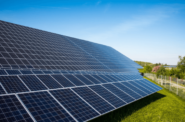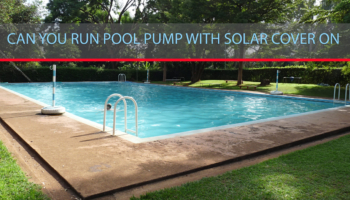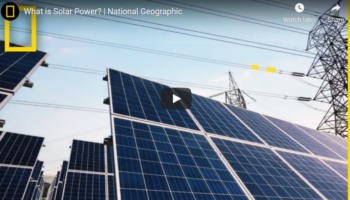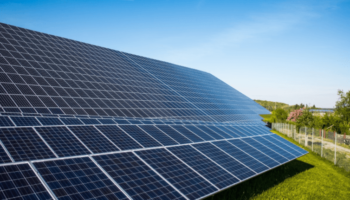Solar power is a clean, renewable source of energy which can help to mitigate climate change by freeing us from fossil fuels. This article is specially designed to guide you guys on how to make a perfect functional diy solar generator on your own. Since there are a lot of articles about how electricity works, and they sometimes give too much information to us. This article has been designed to relieve your agony and is written in very simple illustration and simplicity, so that you can easily read and understand it until the end. This shines a light on a step-by-step guide to mounting a photovoltaic system, and provides lots of useful information about solar generators as well as some important safety precautions.
Diy Solar Generator is a portable device that directly produces and stores emergency power from the sun. In addition, DIY Solar generators provide a way to provide power to various devices and appliances without relying on a grid, regular batteries or other external power sources. This power house can be useful in multiple scenarios like power loss during a power outage in your city.
Before you get to know how to make diy Solar Generators you have to know: What are they?
Solar generators are a state of the art portable energy technology that allows you to generate small amounts of electricity without connecting to the power grid and without burning fuel or making noise. They generate electricity from the sun to charge a battery, with an integrated inverter converting the direct current (DC) into a usable form of alternating current (AC) for plug in devices. You have to think about them as small, portable, self-contained versions of what kind of off-grid photovoltaic system people might put in their homes. If you want to get into solar power it is a great idea.
Must have Equipment before you start digging into the make
Very few tools are needed to build a DIY generator, since most of this includes connecting equipment pieces together. Nevertheless you will need a few things: a pair of wire cutters, some velcro, and a power drill with various drill bits.
- Now for the genuinely important part. A diy solar generator is a combination of a few pieces of equipment that work together to mount, transform, and store and supply your devices with the electrical power. Before you start, you must acquire the following equipment.
- The Solar Panels where it all begins. First of all, the solar panels are what you will be using to store the solar energy. Usually the solar panels can be placed together.
- Your generator’s deep cycle solar battery stores the charge from your solar panels. The higher the size, the greater the propensity of the battery to storage.
- Power Inverter, the primary electricity produced by solar panels, is direct current. Power inverters transform the DC current into an AC current so that it can be used for standard application plug-in..
- A charging controller is what helps to regulate the amount of charging that goes into or out of the battery. Without a charge controller, there is a chance that your battery will overload or transmit a harmful charge to your inverter.
- Wires are what you’ll be using to connect anything. Along with wire connections you will need a combination of negative and positive wires.
- A case designed to put everything together. Since there are p;emty of options are available, the simplest one could be a large cooler or ice chest with back wheels to roll on, as well as an extensible handle. Quick put all the things inside, hook them up and you’re basically ready to roll.
Steps for building Diy Solar Generator
Now that you have all your equipment and tools it’s time to learn how to build a Diy solar generator for your own. As building a solar generator isn’t the kind of project that just anyone can handle, but if you’re handy and interested, it’s a great way to get better energy efficiency and protection at a better price than ready-made systems.
The basic process to create your own panel consists of the following procedures.
- Set out all elements. Then find a spot you’d like to place your inverter to get an easy access. Once you’ve selected your spot, drill a hole underneath the inverter, pass your wire through the hole and into the cooler, and put Velcro just above that spot to secure your inverter in position.
- Once you have a voltage meter, make room for it and do the same thing ideally next to the inverter. Then add your battery to your inverter for electricity. First add the negative post, then the positive one. In the corner put the battery in the cooler, and velcro back.
- Drill another hole in the top of your cooler by your other components, and set down velcro for the charge controller. Now, run the outgoing wires through the hole, and connect to the battery using the above directions.
- Drill a hole on the side of the controller to run the solar panel’s cord into.
- Find a spot for your solar panel to be set up. Place the panel towards the sun and attach the cord to the charging controller within your “device.” Allow the battery to charge at least 50 percent. Now you are able to use the generator to fuel the inverter.
You may want to create your own DIY Portable Solar Generator for several reasons
Solar Generators are much safer than the gas generators If you’re looking for a safe, eco friendly solution to operating your house, RV, hunting lodge or other electrical systems and equipment, the top choice is solar and wind power. Specifically, DIY solar generators are easy to build and because they are powered on solar energy, these generators are much safer for year-round indoor and outdoor use. Fossil fuels are more likely to cause fires or leak on the ground or around the generator exposing your family. On the other hand many generators are generally slow chargers, while a long shot will not charge a solar generator immediately, solar generators can produce a full charge within 12 hours or less. Moreover once you have invested in solar energy, your costs are pretty much over. The solar generators are installed with almost minimal maintenance costs to last several years. You need to check your solar panels after severe weather, clean them semi-annually, and check that nothing hinders the sunlight from hitting these photovoltaic cells. Otherwise, you will build the generator, place the panels, and go. As regular generators are not generally the safest or the simplest to repair. But first of all, if you build your own solar generator, you know how to replace any wrecked components.
